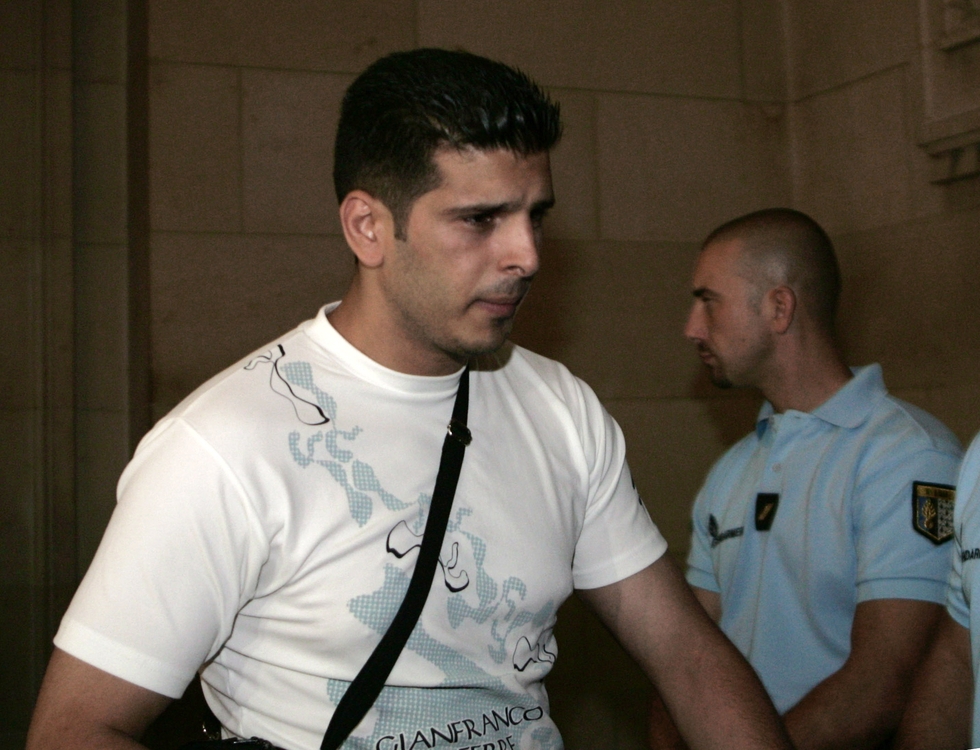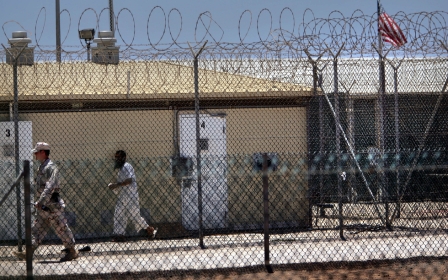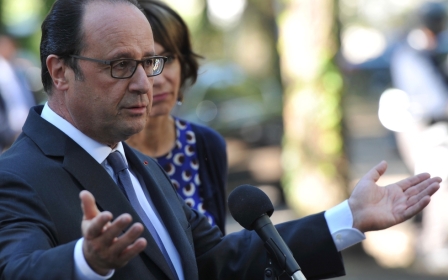Ex-Guantanamo inmates seek evidence from former US official

Two French former inmates at Guantanamo Bay have called for a former high-ranking US Defence Department official to give evidence on their accusations of torture at the notorious US prison camp, the men’s lawyer said on Wednesday.
Nizar Sassi and Mourad Benchellali were arrested by US forces in Afghanistan before being transferred to the prison in Cuba set up to hold terror suspects after the 9/11 attacks in the US in 2001.
They were both sent back to France in 2004 and have since brought a legal case accusing their captors of arbitrary detention and torture. The pair faced terror-related charges in France and were found guilty in 2007, but their conviction was overturned two years later.
As part of their case against US officials, the men want William J Haynes II, who served as general counsel of the US Defence Department from 2001-2008, to have his day in a French court.
Haynes was "one of the main architects of the interrogation and detention policies of the Bush administration," they said in their legal application.
The prison camp was opened at the Guantanamo Bay US naval base in 2002 during George W Bush's presidency.
In spite of promises by current President Barack Obama to close the prison, it remains open and still houses detainees without charge.
Haynes is not the first former US official whom Sassi and Benchellali have sought to give evidence.
In March, former Guantanamo prison chief Geoffrey Miller failed to appear before a French court in spite of a summons over the accusations of torture by the two former detainees.
William Bourdon, the pair's attorney, described Miller's no-show at the time as "a dual act of contempt against the French judiciary; he both refused to appear and to provide any explanation about his role and that of the US administration."
At the height of its activity, Guantanamo Bay held over 600 prisoners without any judicial procedures.
US authorities transferred 15 Guantanamo detainees to the United Arab Emirates in August, bringing the prison’s population down to 61.
Middle East Eye propose une couverture et une analyse indépendantes et incomparables du Moyen-Orient, de l’Afrique du Nord et d’autres régions du monde. Pour en savoir plus sur la reprise de ce contenu et les frais qui s’appliquent, veuillez remplir ce formulaire [en anglais]. Pour en savoir plus sur MEE, cliquez ici [en anglais].




